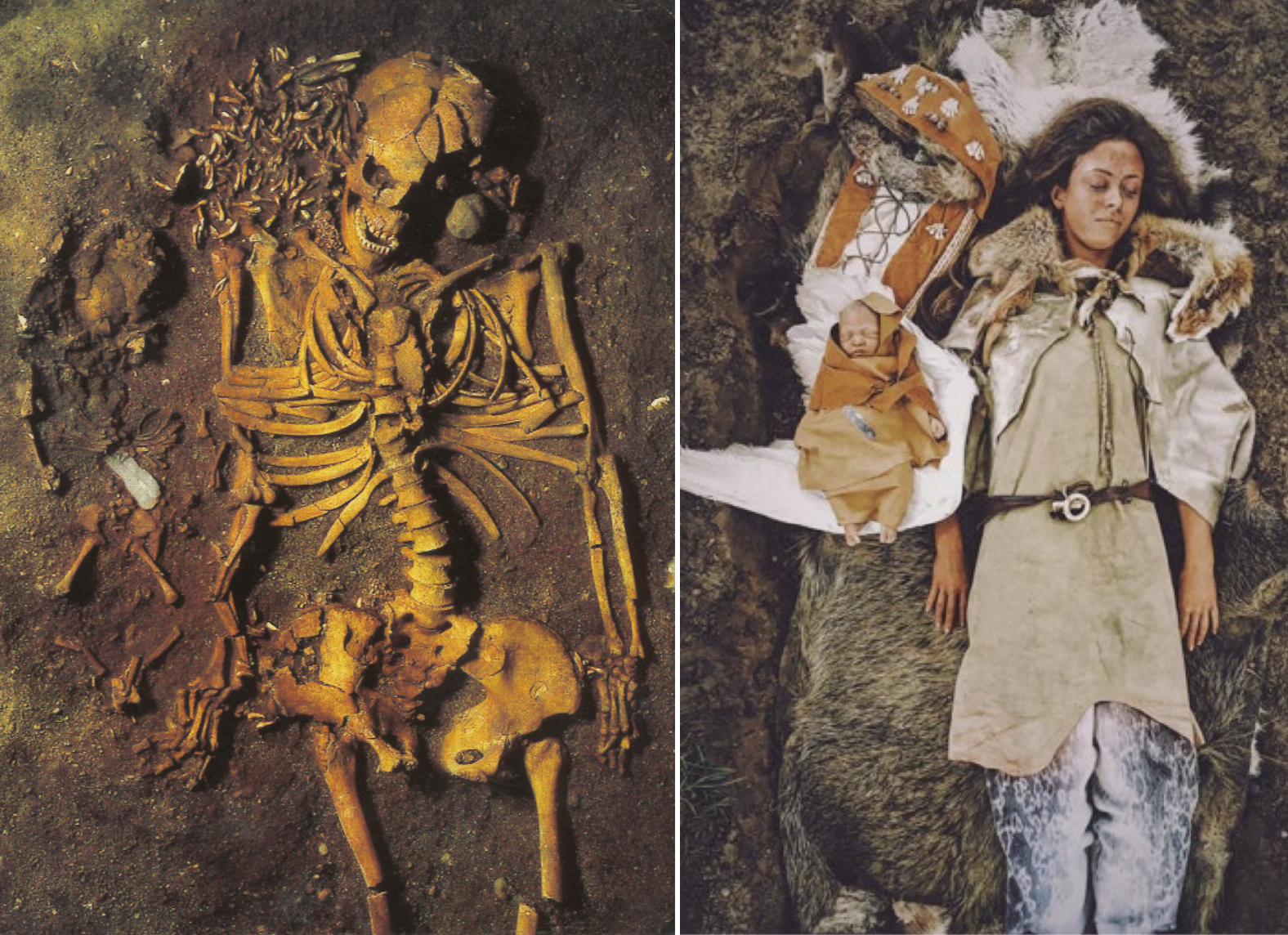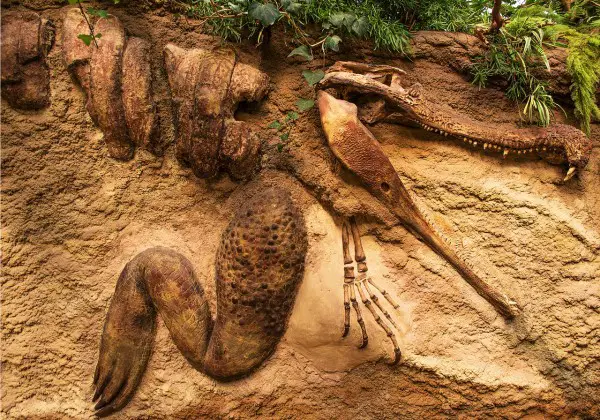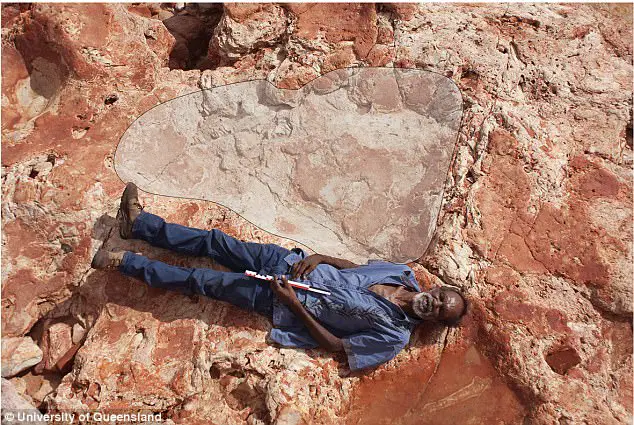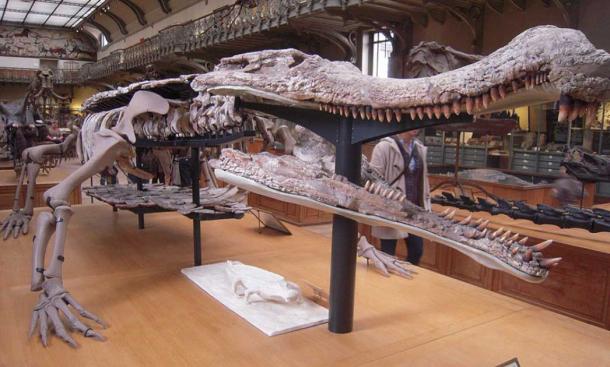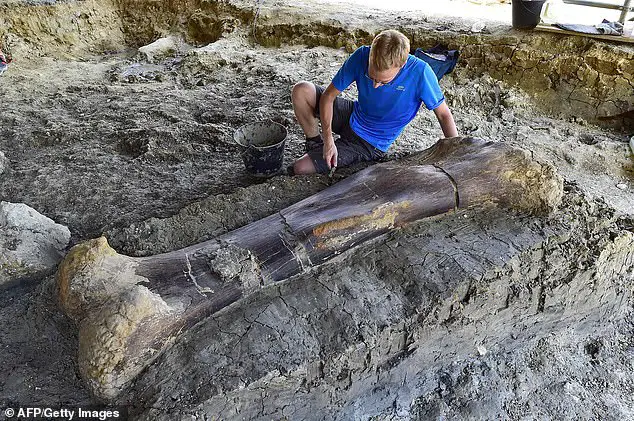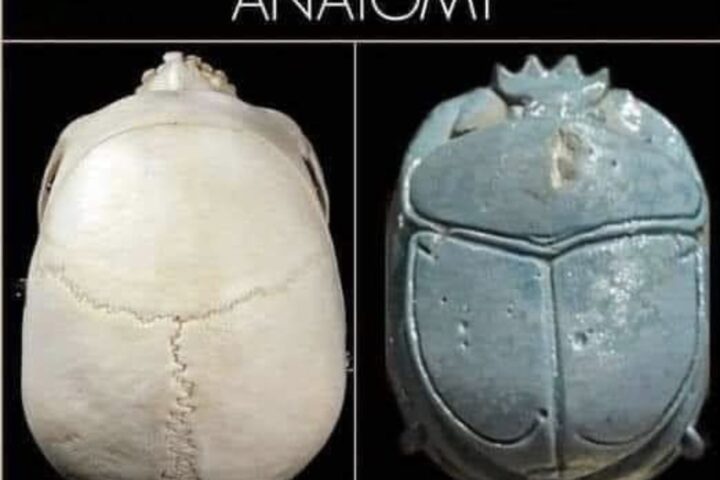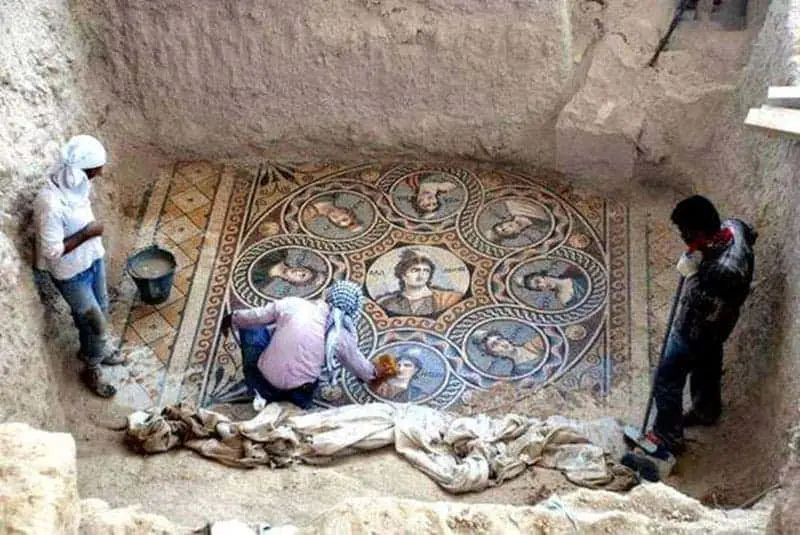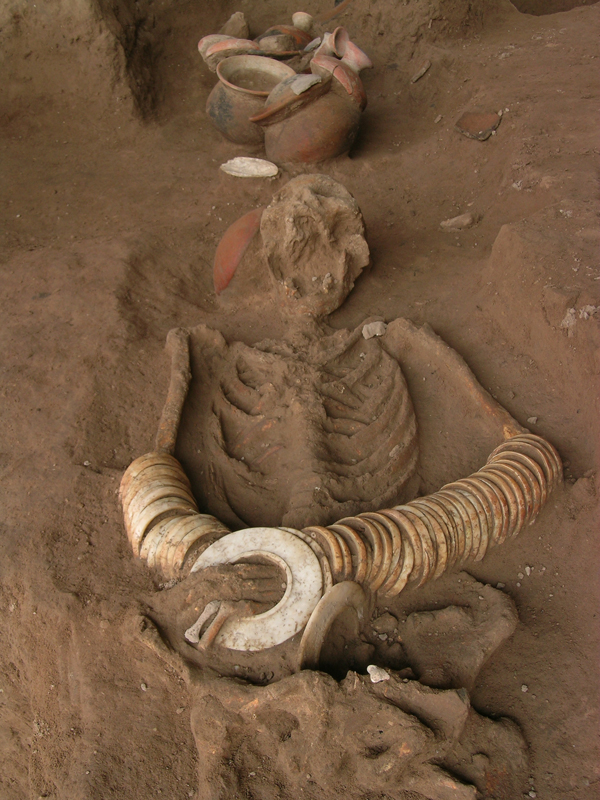Introduction
The Vedbaek burial site in Denmark, estimated to be between 7,000 and 6,000 years old, offers a poignant glimpse into the lives and customs of our ancient ancestors. This site is particularly notable for the remains of a young woman, believed to be around 20 years old at the time of her death, and her newborn infant. Their remains provide valuable insights into the burial practices and beliefs of the Mesolithic era.
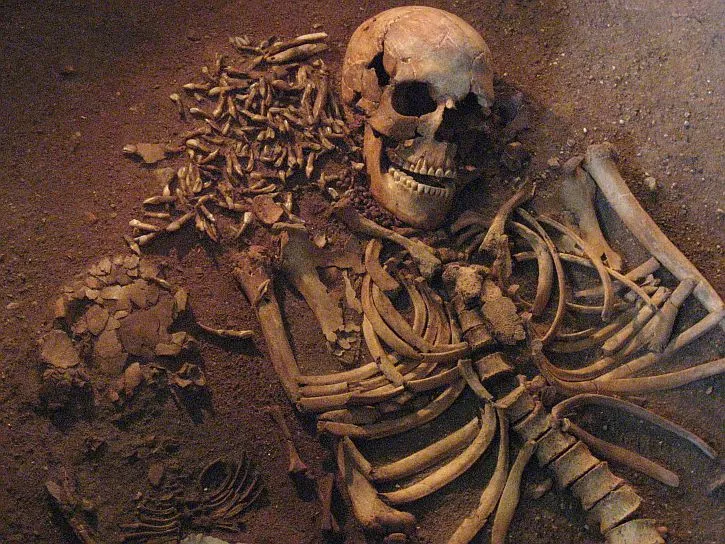
The Discovery
Located in Vedbaek, a small town in Denmark, this burial site was uncovered and has since been a subject of immense archaeological interest. The young woman and her infant were found in a grave that dates back thousands of years, offering a rare and intimate look into prehistoric life and death.
The Burial
What makes this burial site extraordinary is the manner in which the woman and the infant were interred. The woman was laid to rest with about 200 red deer teeth placed near her head, suggesting some form of ritual or symbolic significance. The red deer teeth might have been a part of her attire, possibly sewn into a cap or a headband, indicating her high status or special role in the society.
The infant’s burial is equally fascinating. The baby rests within a swan’s wing, which could symbolize a spiritual journey or protection in the afterlife. Accompanying the infant is a flint knife, placed at its side. The presence of the knife is intriguing, as it might represent early spiritual beliefs or practices.

Interpretation
The burial of the mother and child, especially with such unique grave goods, suggests a complex belief system around death and the afterlife. The use of animal parts, like deer teeth and a swan’s wing, indicate a deep connection with nature and possibly a belief in animal spirits or totems. The flint knife with the infant could signify the importance of tools in their culture, even from a very young age.
Conclusion
The Vedbaek burial site offers a rare window into the past, revealing the customs and beliefs of a society long gone. The poignant burial of the young mother and her infant, adorned with significant items, not only tells a story of personal tragedy but also illuminates the broader cultural and spiritual practices of their time.

